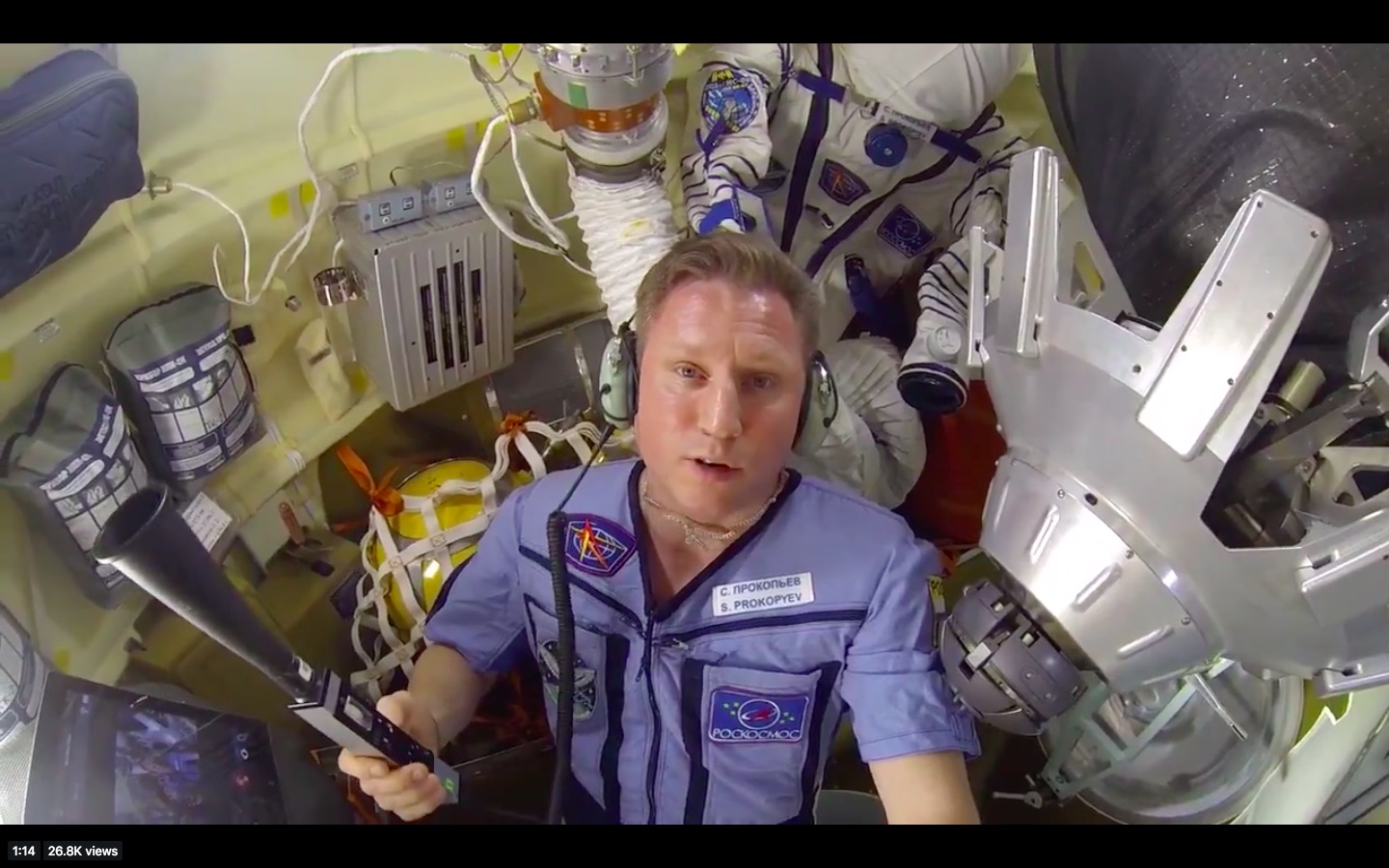Leaks come in all sizes. Very small ones might be ignored or remain undetected, slightly faster ones might be identified and dispositioned; if they are slow and going to remain stable, they might not be repaired. Leaks that are faster-still, or that might be unstable however are likely to be fixed immediately.
The video below, found in Spaceflight Insider's How was the exact location of the recent ISS air leak found? shows clips of use of an ultrasonic leak detector aboard the ISS and at least one instance where it seems a leak was repaired.
After astronauts determined from which of the modules the leak is coming from, in this case the upper section of the Soyuz MS-09 spacecraft, they used a device called an ultrasonic leak detector (ULD) to find the precise location of the Soyuz spacecraft that was leaking atmosphere.
Question: Roughly how many leaks have been actively repaired (fixed) on the ISS?
If it's possible to answer, I'm also curious if the existence of any were initially discovered by ULD use, or if the leaks that were repaired were all first sought after a drop in pressure was recognized.
below: screenshot from a recent Roscosmos tweet of cosmonaut Sergey Prokopyev(presumably) talking about the lead detection and repair and showing an ULD? (I can't speak Russian, but presumably this is correct.) Translating the text using Google:
"Friends, I decided to shoot a video to answer your numerous comments and dispel rumors. Everything is calm on the ISS! "


russiatag in hopes of getting this double-checked by someone who speaks Russian, thanks! $\endgroup$